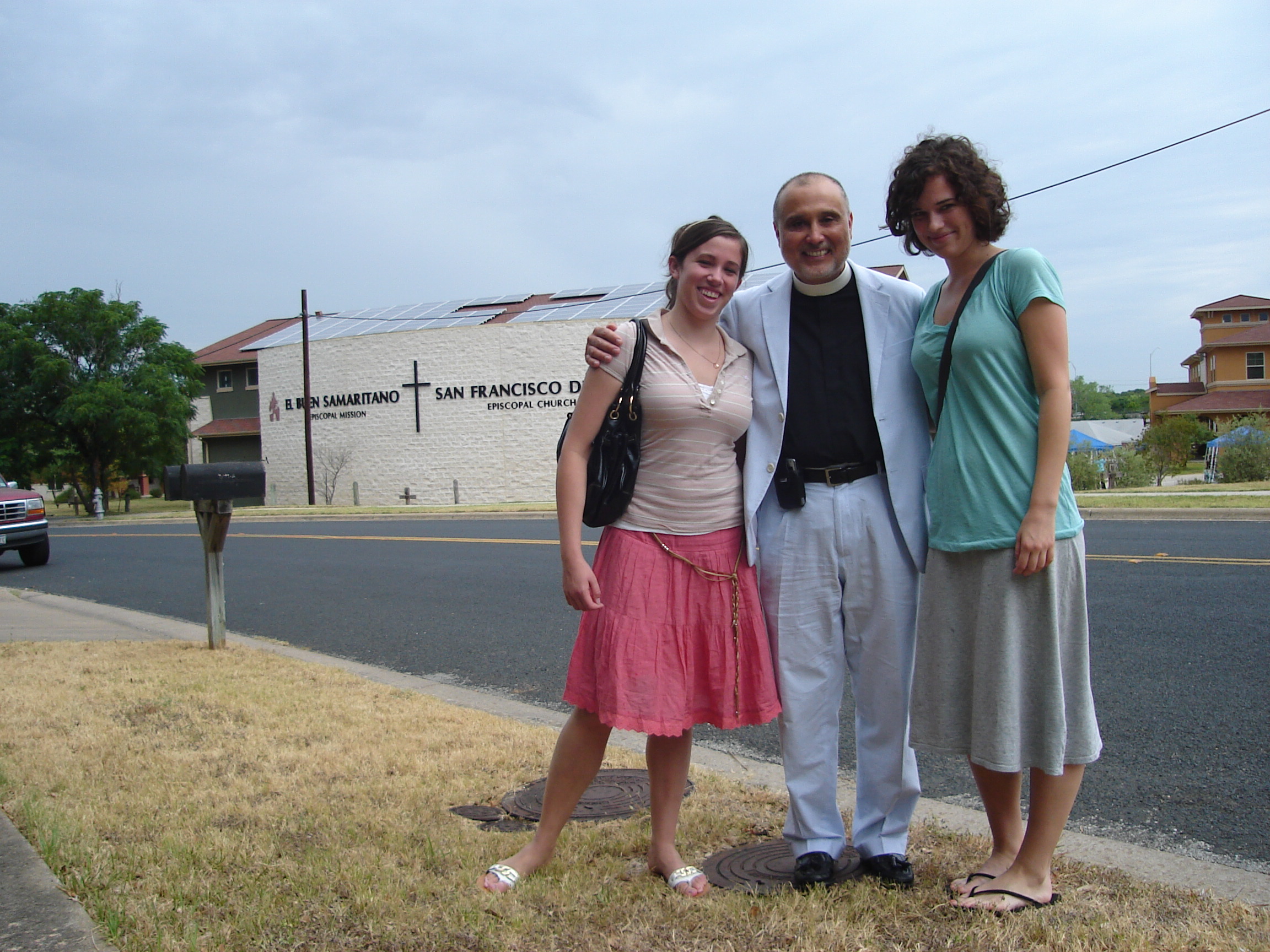A new study from Tom Brikowski, a geosciences professor at the University of Texas at Dallas, and Drs. Yair Lotan and Margaret Pearle, urology professors at UT Southwestern Medical School, printed in this week’s issue of the Proceedings of the National Academy of Sciences, made an interesting conclusion. More global warming will mean more kidney stones. For those of us who are at risk for or have a family history of kidney stones (it’s because of all the Diet Coke I drink), this is even more worrisome.
The good news is we can easily change our diets and reduce other risk factors. Switching to non-carbon producing forms of energy and transportation may not be quite so easy. However, just like kicking a bad Diet Coke habit. we can get ourselves off of oil and especially coal by making new investments in renewable energy.
Kidney stones are just the beginning of the health problems we can prevent by stopping global warming. We can prevent the spread of previously tropical and exotic disease like malaria and West Nile virus that can migrate as the climate changes. By stopping greenhouse gas pollution we can also stop the pollution that leads to asthma, emphysema, and other lung ailments. And by investing in efficiency and renewable energy now, we can have cheaper energy and get more bang for our energy buck.
Read the story in the Dallas Morning News on this subject here.
~~Andy




